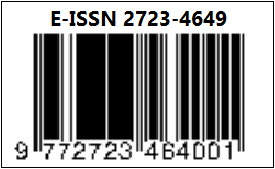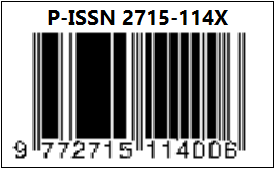SASAK WOMEN'S IMAGES ON WOMEN'S TWO RULE NOVEL (Study of Sociology of Literature and Gender)
DOI:
https://doi.org/10.55681/nusra.v1i1.5Keywords:
novel, sociology literature, women imageAbstract
This research aimed at: (1) to explain the novel writer`s background of Perempuan Rusuk Dua. (2) To explain the novel social culture background of Perempuan Rusuk Dua. (3) To explain the image of Perempuan Sasak in novel Perempuan Rusuk Dua. This research is qualitative descriptive with literature sociology approach. The data in this research was word, phrase and sentence. The source of the data was Perempuan Rusuk Dua novel which was written by Salman Faris and Eva Nourma, publicized by Mahkota Kata Yogyakarta in 2009, 448 pages. The method in this research used an analysis document such as the data text of novel Perempuan Rusuk Dua. The results of this research were; (1) the authors` background of Salman Faris and Eva Nourma came from petit bourgeois, educative and their creations were wisely of local nuance even multicultural made the Sasak ethnic as the creation icon; (2) the background of society`s social culture pervaded a work as farmer, fishermen and shepherd. Their home was in seaboard which name is Kaliantan and Seriwe. Tradition of the society preserved the Bau Nyale culture (sea worm catching). Sasak societies were Islam majority as the title of Lombok Island "Pulau Seribu Masjid", and the society was convinced that ‘Nyale’ (Sea worm) could be medicine, human glue, charm and phenomenological of mate; (3) the image of Sasak women pervaded attitude and affection of Zippora to others, devoting to parent, be patient in facing problem, sincere in giving, and brave to do a rebellion.
Downloads
Downloads
Published
How to Cite
Issue
Section
License
Copyright (c) 2020 Muh Roni Hidayatullah

This work is licensed under a Creative Commons Attribution-NonCommercial-ShareAlike 4.0 International License.














